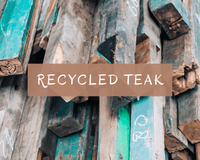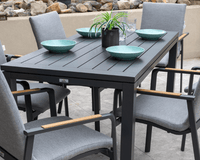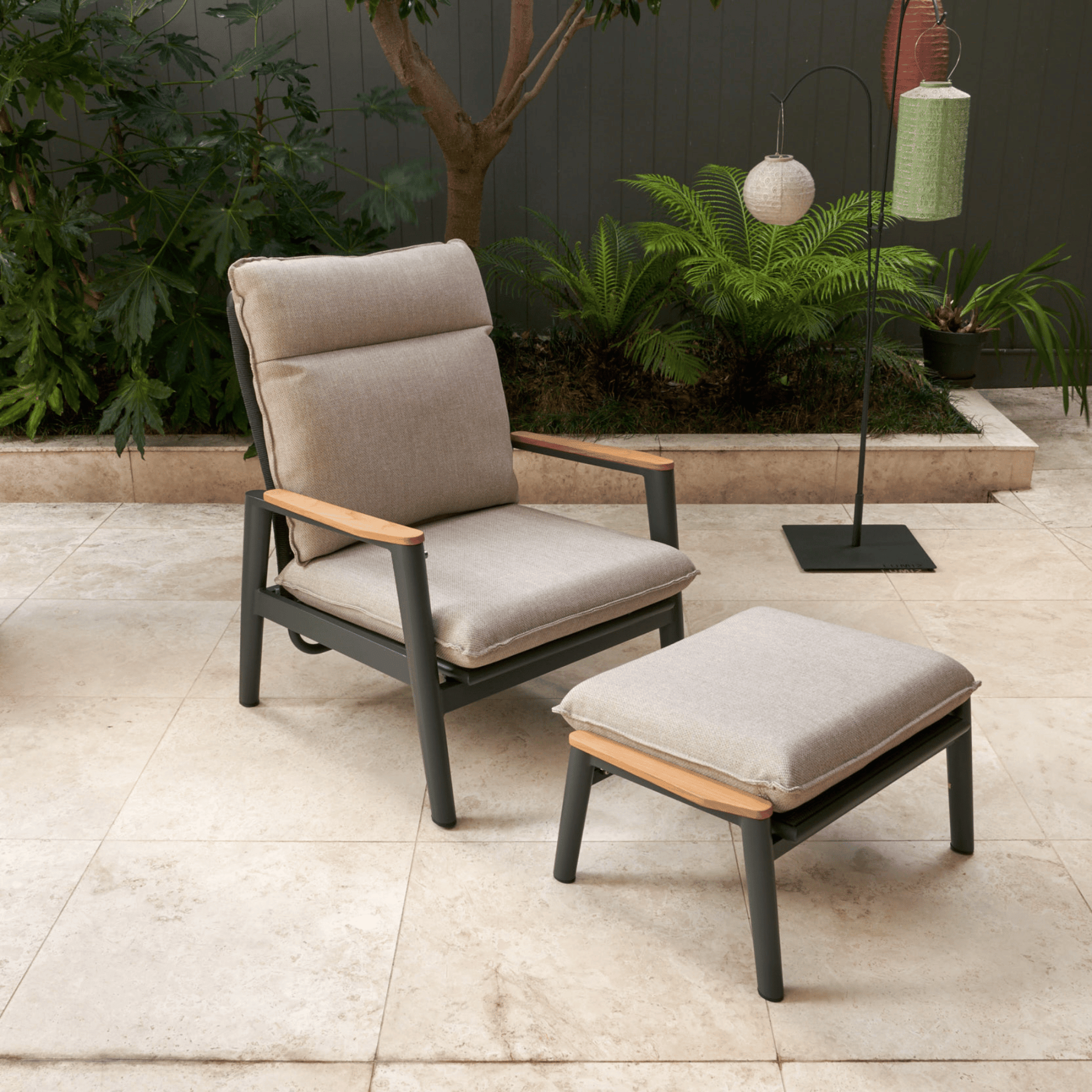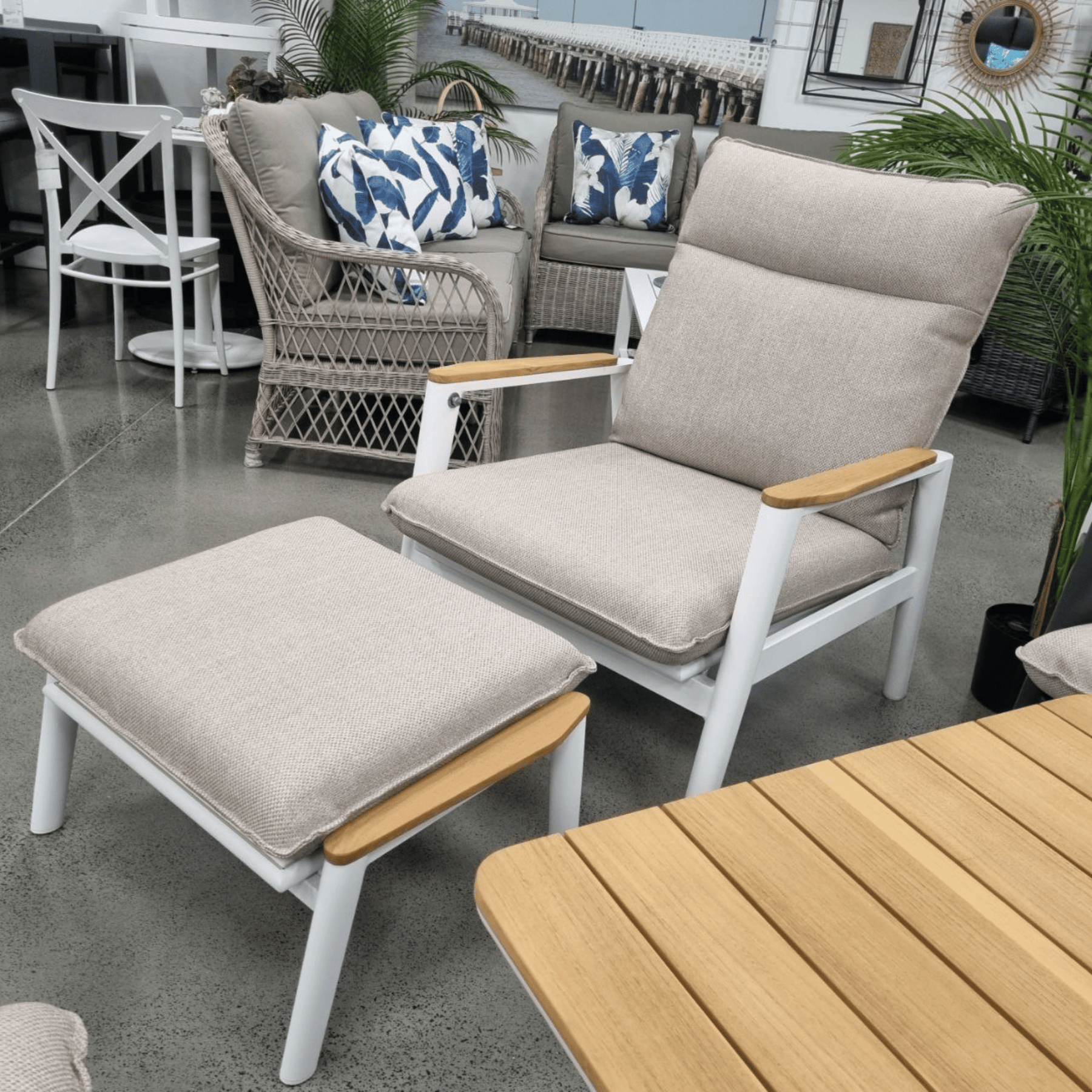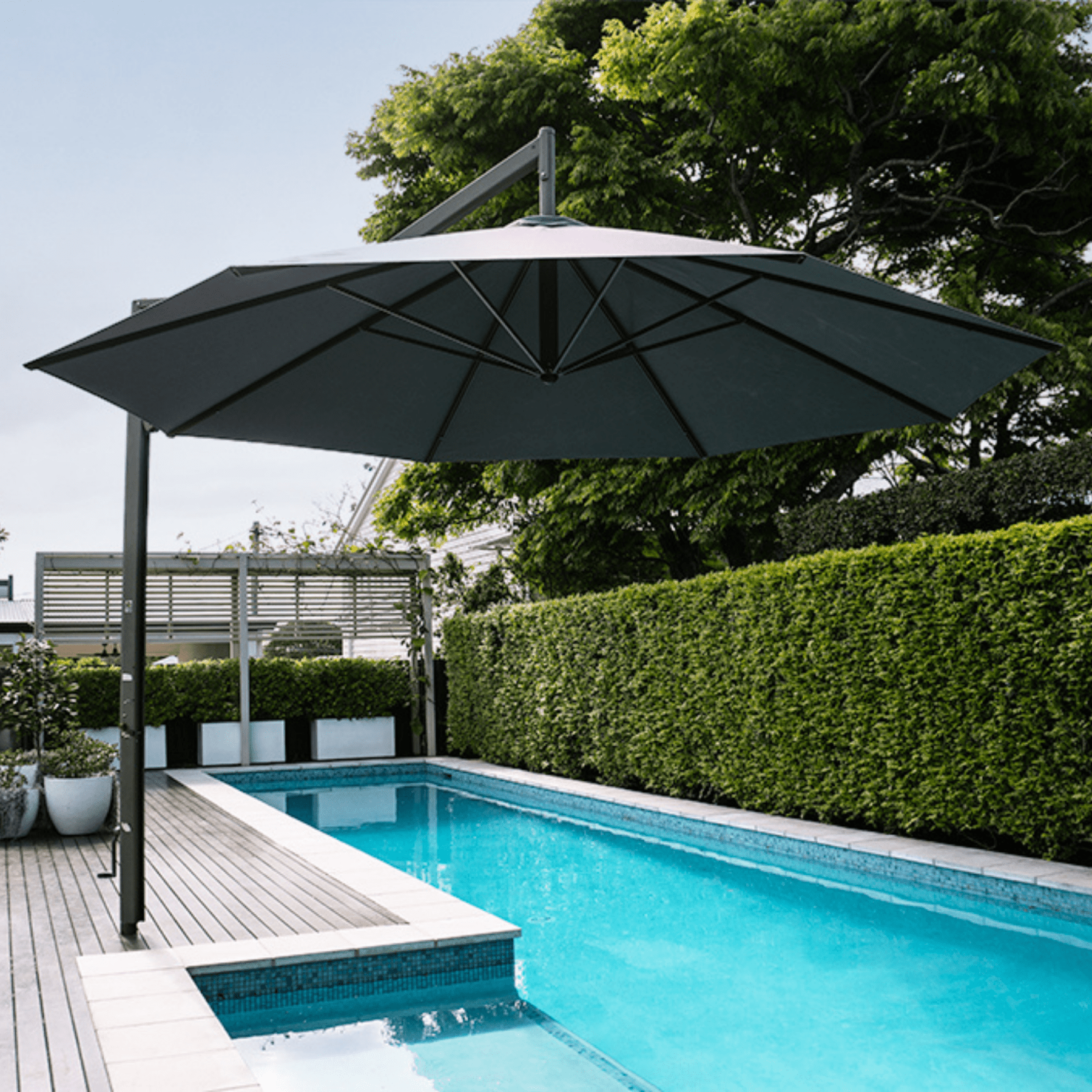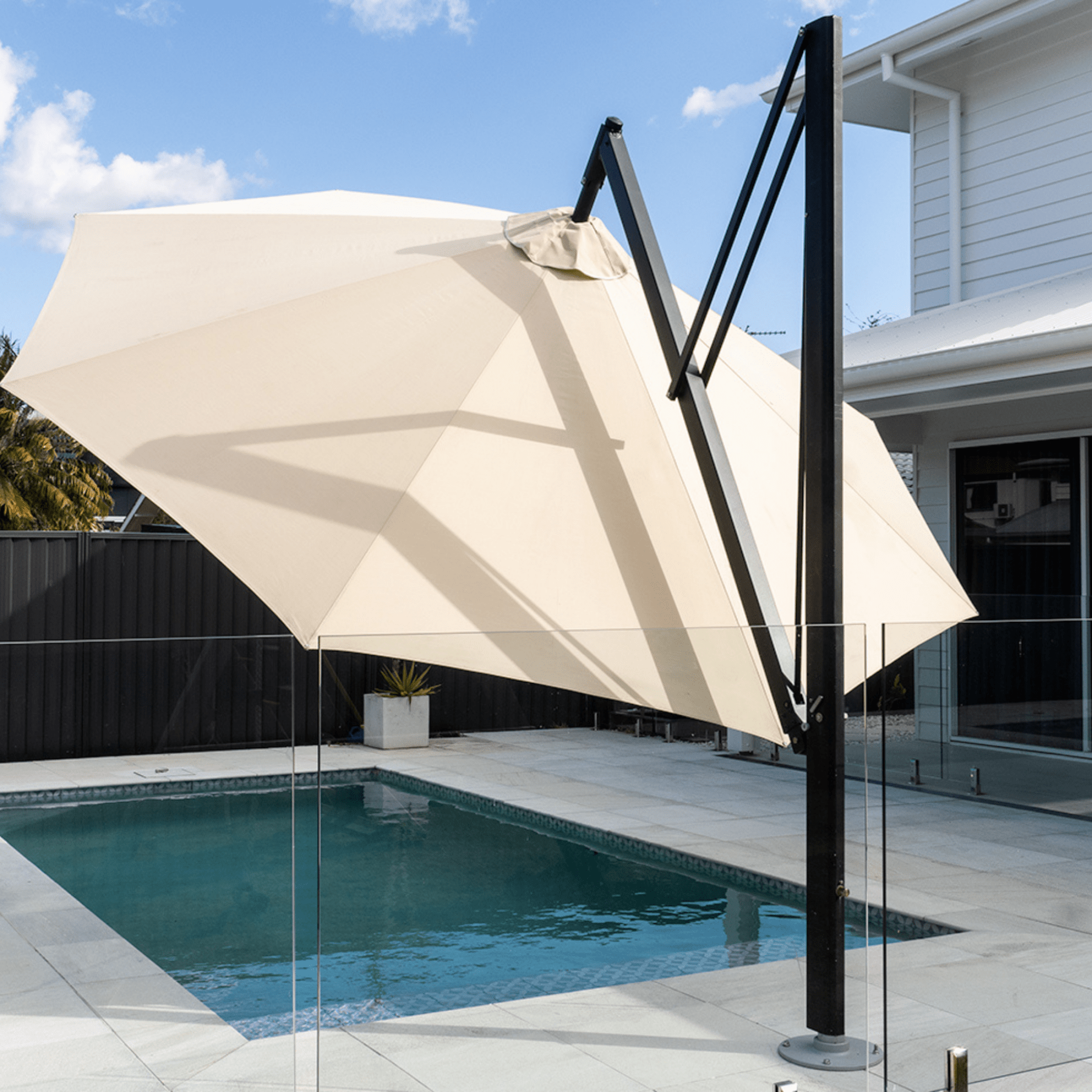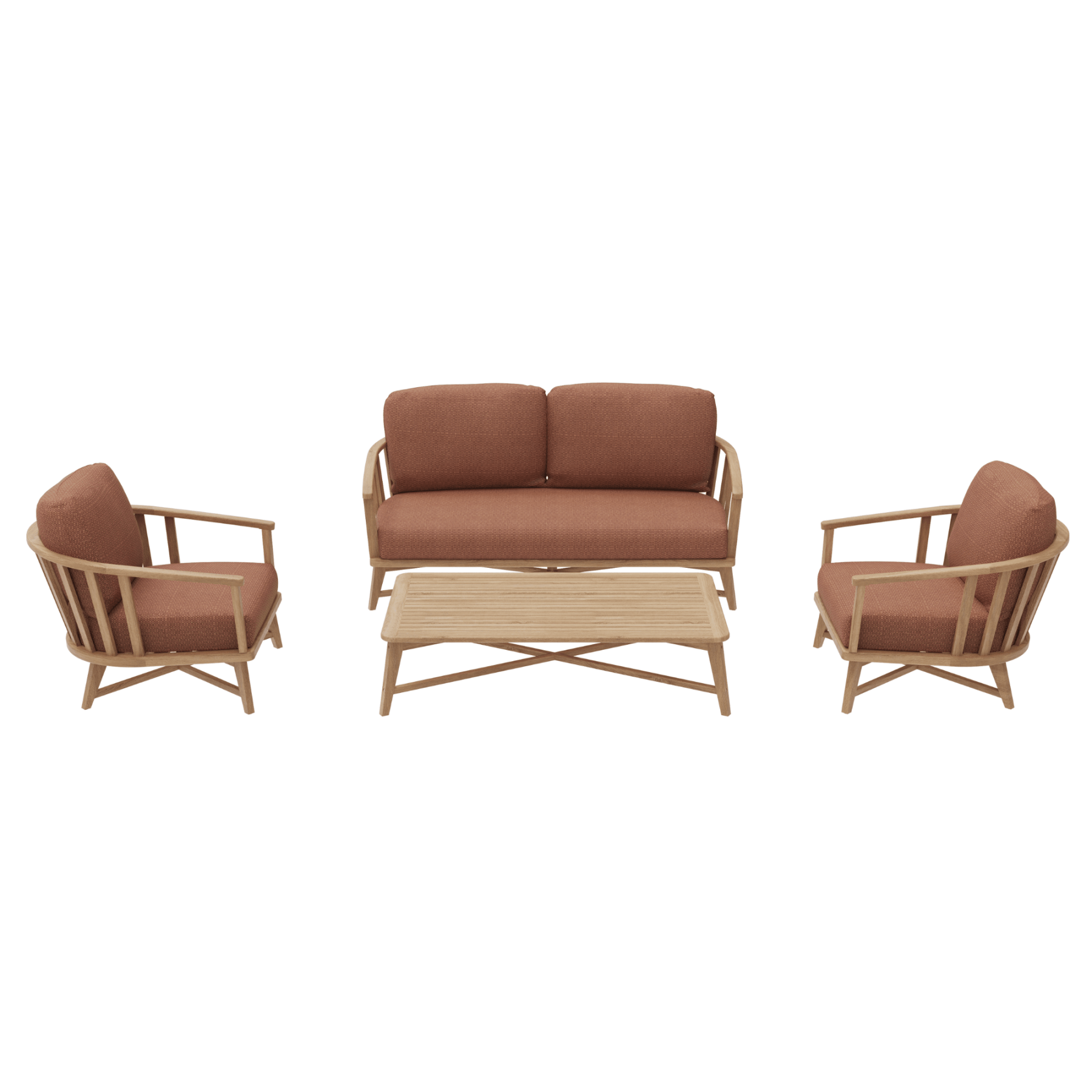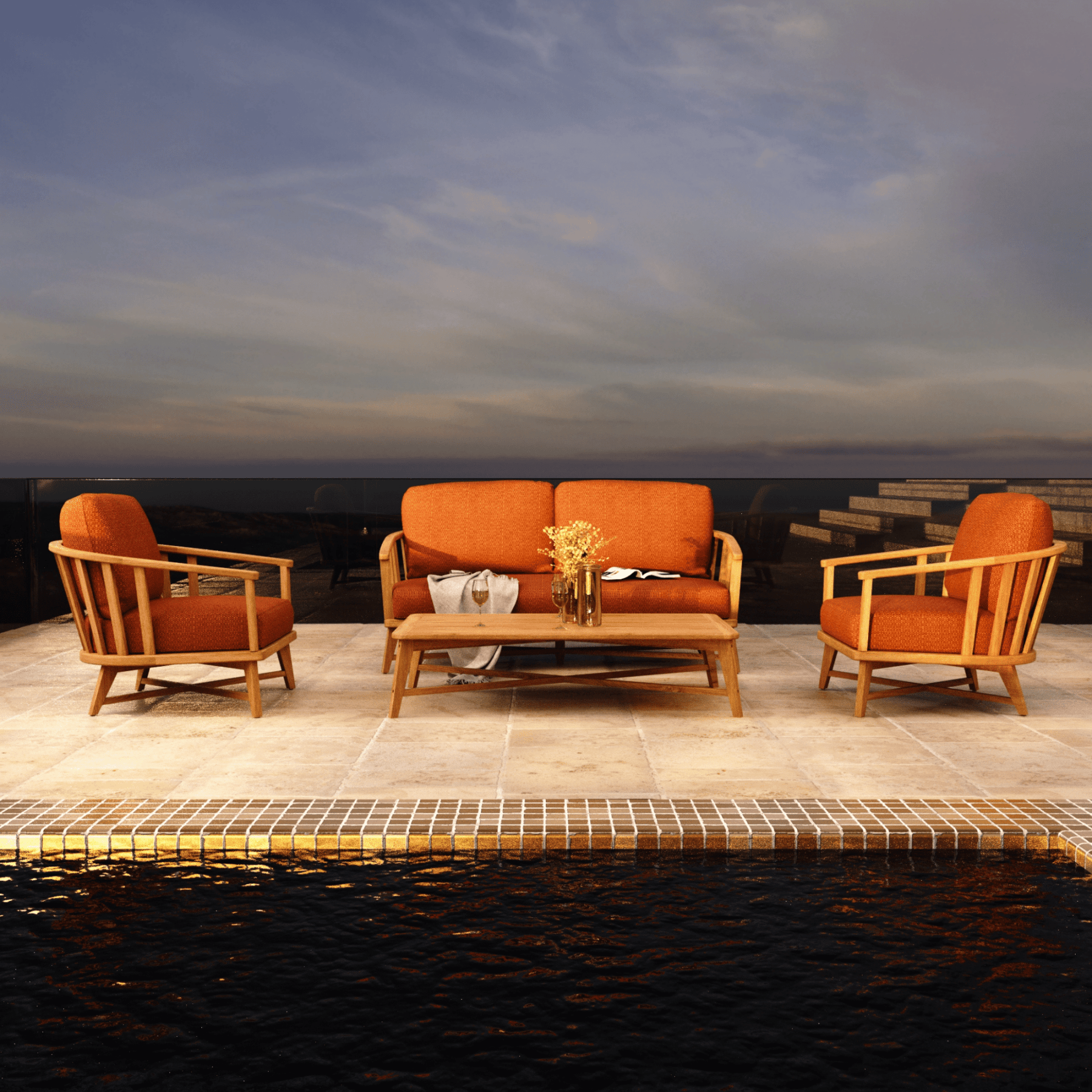Outdoor furniture has come a long way, with modern materials offering durability, style, and functionality like never before. One material leading the way is Glass Fibre Reinforced Polypropylene Furniture. This innovative blend combines the strength of glass fibre with the versatility of polypropylene, making it a game-changer for Australian outdoor spaces. Whether you’re revamping your patio, balcony, or garden, this material delivers unmatched performance, weather resistance, and style.
What is Glass Fibre Reinforced Polypropylene Furniture?
Glass Fibre Reinforced Polypropylene (GFRP) is an advanced composite material that combines polypropylene plastic with glass fibres. This combination enhances the overall strength, durability, and rigidity of the furniture while keeping it lightweight and practical.
Key features include:
- High Strength: The glass fibres provide added reinforcement, making the furniture sturdy and resistant to wear and tear.
- Weather-Resistant: GFRP furniture stands up to Australia’s harsh sun, heavy rains, and salty coastal air.
- Lightweight: Despite its strength, this furniture remains easy to move and rearrange.
- Sleek and Stylish: The material allows for contemporary designs that blend seamlessly into modern outdoor spaces.
This cutting-edge furniture is perfect for homeowners who want quality outdoor seating and tables that require minimal maintenance while delivering maximum style.

Benefits of Glass Fibre Reinforced Polypropylene Furniture
1. Superior Durability
Unlike traditional plastic or wood furniture, glass fibre reinforced polypropylene furniture boasts exceptional durability. The glass fibres embedded in the polypropylene provide added structural integrity, ensuring it resists cracks, warping, and bending over time.
This makes GFRP furniture ideal for areas that experience extreme weather conditions, from blazing summer heat to sudden downpours.
2. Weather and UV Resistance
Outdoor furniture is constantly exposed to the elements, but GFRP furniture is built to last. It’s UV-resistant, meaning it won’t fade or weaken under the harsh Australian sun. Additionally, its moisture resistance ensures it won’t swell, rust, or deteriorate, even in coastal areas where salty air is a concern.
3. Low Maintenance
One of the standout benefits of glass fibre reinforced polypropylene furniture is its minimal maintenance requirements. A simple wipe-down with soapy water keeps it looking fresh and clean, eliminating the need for sanding, staining, or sealing.
For busy homeowners, this means less time spent on upkeep and more time enjoying your outdoor space.
4. Lightweight and Easy to Move
Despite its impressive strength, GFRP furniture is surprisingly lightweight. This makes it easy to move around, whether you’re rearranging your patio layout or storing furniture during the off-season.
Lightweight designs are perfect for balconies, where space can be limited, or for dynamic outdoor entertaining spaces that require flexibility.
5. Sleek and Stylish Designs
GFRP furniture can be moulded into a variety of sleek, contemporary designs that suit any outdoor aesthetic. Whether you prefer minimalist seating, statement tables, or modular lounge sets, this material delivers on both form and function.
Its smooth finishes and modern silhouettes ensure your outdoor space remains stylish and inviting year-round.

Ideal Uses for Glass Fibre Reinforced Polypropylene Furniture
1. Outdoor Dining Areas
GFRP dining tables and chairs are perfect for alfresco meals, providing durable and stylish seating options for your family and guests. Their lightweight nature allows for easy rearrangement, while their weather resistance ensures they remain in pristine condition for years.
Pair a sleek GFRP dining set with outdoor cushions and accessories to create an elegant space for entertaining.
2. Poolside Lounges
Given its moisture resistance, glass fibre reinforced polypropylene furniture is ideal for poolside setups. Sun loungers, side tables, and modular seating made from GFRP can withstand water exposure without warping, fading, or rusting.
Add UV-resistant cushions for a splash of colour and extra comfort, turning your pool area into a resort-worthy retreat.
3. Small Balconies and Patios
For compact outdoor spaces, lightweight GFRP furniture offers the perfect solution. Opt for stackable chairs, folding tables, or compact loungers that maximise functionality without cluttering your balcony or patio.
GFRP’s modern designs complement small spaces, offering both practicality and style.
4. Garden Seating Areas
Transform your garden into a cosy retreat with glass fibre reinforced polypropylene benches, chairs, or tables. The material’s ability to withstand exposure to dirt, moisture, and sunlight makes it a smart choice for seating nestled among plants and flowers.
How to Care for Glass Fibre Reinforced Polypropylene Furniture
While GFRP furniture is low-maintenance, a little care can keep it looking as good as new for years. Here are a few tips:
- Regular Cleaning: Wipe the surface with a soft cloth and a mixture of mild soap and water to remove dirt and debris.
- Avoid Harsh Chemicals: Use gentle cleaners to protect the finish and prevent damage to the material.
- Protect from Extreme Conditions: While GFRP is weather-resistant, covering your furniture during prolonged heavy rain or extreme heat can further extend its life.
- Cushion Maintenance: If your furniture includes outdoor cushions, clean and store them indoors when not in use to maintain their quality.
Why Choose Glass Fibre Reinforced Polypropylene Furniture?
If you’re looking for outdoor furniture that combines strength, style, and convenience, glass fibre reinforced polypropylene is an excellent choice. Its impressive durability, weather resistance, and lightweight design make it a standout option for Australian homes.
Whether you’re furnishing a balcony, patio, garden, or poolside area, GFRP furniture offers the perfect blend of performance and elegance, ensuring your outdoor space remains functional and inviting year-round.
For premium-quality outdoor furniture options that incorporate cutting-edge materials like GFRP, visit Lume Outdoor Living for our FurnLink Collection.


